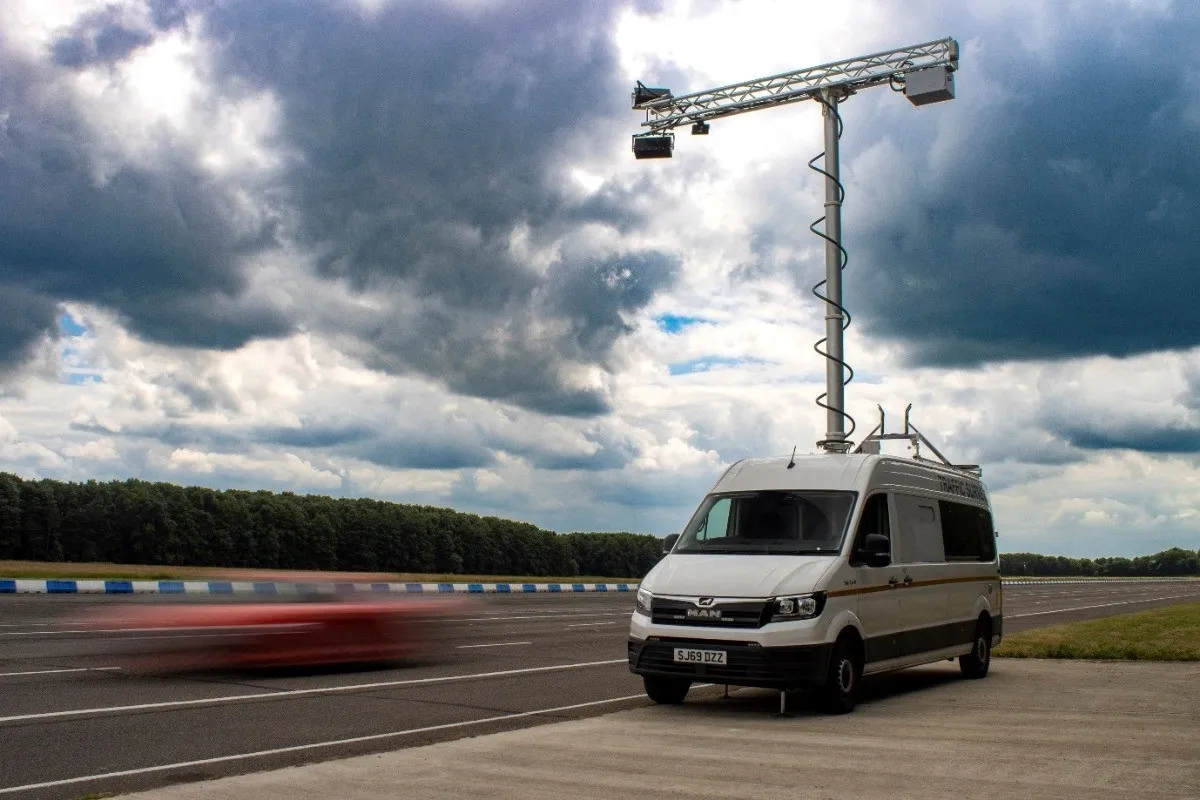The Freight Transport Association (FTA) has given its support to the HGV speed limit trial which commences on the A9 in Scotland on Tuesday 28 October.
The pilot project on the A9 will raise the speed limit on the single carriageway sections between Perth and Inverness from 40 to 50mph for heavy goods vehicles which have a laden weight exceeding 7.5 tonnes. The trial, which will last 36 months and is to be introduced at the same time as a new average speed camera system, is aimed at improving the opera
October 10, 2014
Read time: 2 mins
The 6983 Freight Transport Association (FTA) has given its support to the HGV speed limit trial which commences on the A9 in Scotland on Tuesday 28 October.
The pilot project on the A9 will raise the speed limit on the single carriageway sections between Perth and Inverness from 40 to 50mph for heavy goods vehicles which have a laden weight exceeding 7.5 tonnes. The trial, which will last 36 months and is to be introduced at the same time as a new average speed camera system, is aimed at improving the operational performance of the route.
Malcolm Bingham, FTA’s Head of Road Network Management Policy, said: “FTA is in full support of the 50mph speed limit trial for HGVs on the A9 and we look forward to its introduction on 28 October. We welcome the opportunity for such a trial as we believe the current differential in speed limits between HGVs and other vehicles increases the road safety risk. This trial will provide some much needed evidence to help determine if there are any advantages, on safety grounds, in setting the speed limit of an HGV to 50mph."
The A9 remains one of Scotland's most important links. The2112 Scottish Government is committed to dualling the route between Perth and Inverness by 2025 and the pilot is part of wider engineering, enforcement and education measures being delivered in advance of the dualling programme.
The pilot project on the A9 will raise the speed limit on the single carriageway sections between Perth and Inverness from 40 to 50mph for heavy goods vehicles which have a laden weight exceeding 7.5 tonnes. The trial, which will last 36 months and is to be introduced at the same time as a new average speed camera system, is aimed at improving the operational performance of the route.
Malcolm Bingham, FTA’s Head of Road Network Management Policy, said: “FTA is in full support of the 50mph speed limit trial for HGVs on the A9 and we look forward to its introduction on 28 October. We welcome the opportunity for such a trial as we believe the current differential in speed limits between HGVs and other vehicles increases the road safety risk. This trial will provide some much needed evidence to help determine if there are any advantages, on safety grounds, in setting the speed limit of an HGV to 50mph."
The A9 remains one of Scotland's most important links. The










